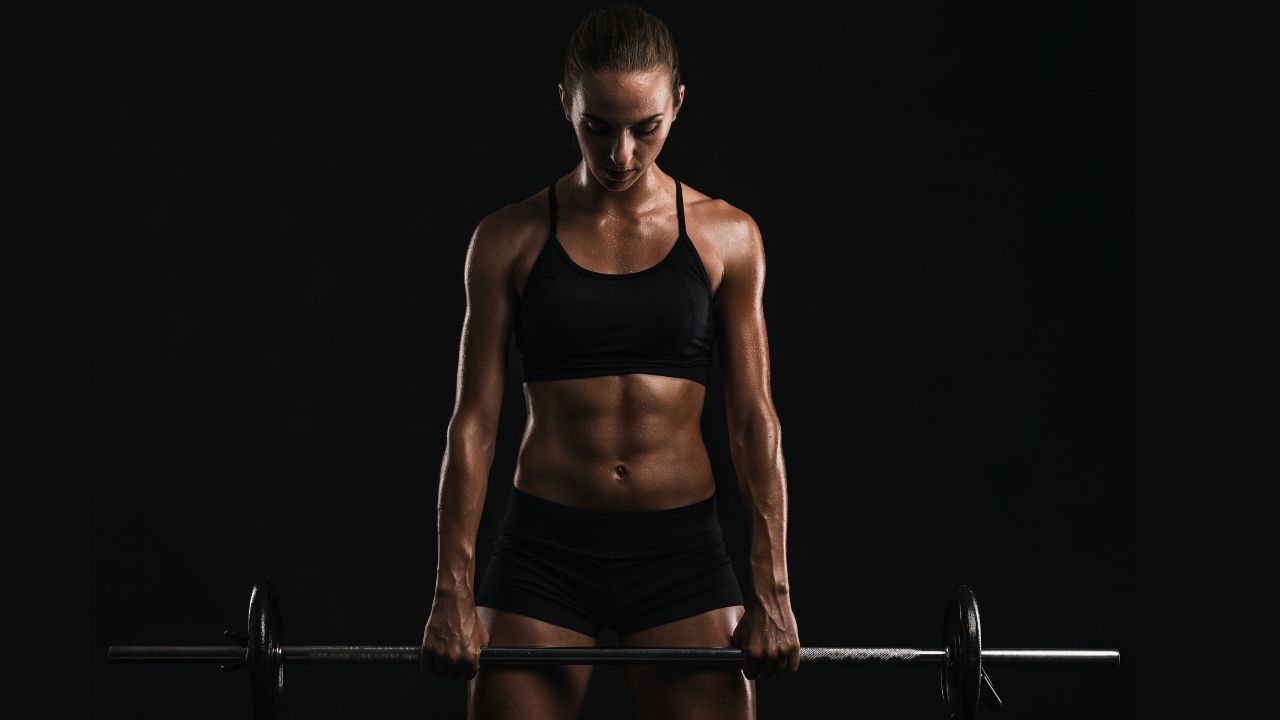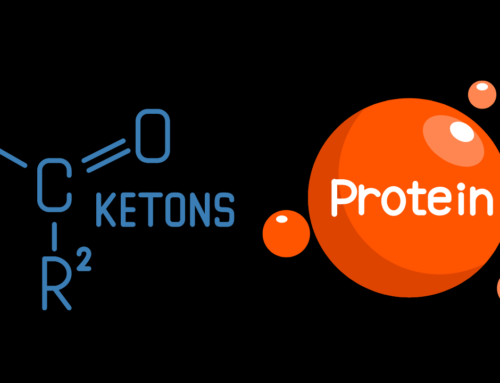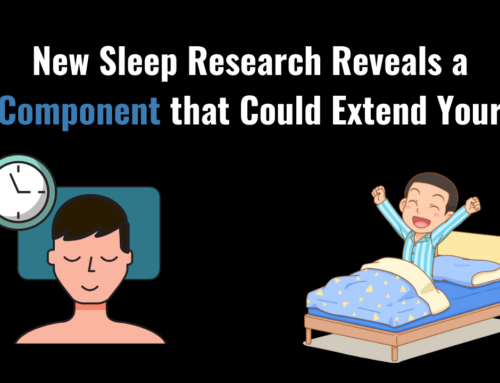Lifting performance is the unheralded key to both body comp and adding lean body mass/muscle, especially as you get older. I am 46 years old now and I really wish someone would have pulled my eel-shaped 6’3″ 155 lb carcass to the curb almost 30 years ago and told me this method. Not sure I would have listened, but maybe.
Notice above I said performance and while there is a time and place or some intensity techniques, long term you want to be lifting more, lifting heavier, and in less time (aka better density. Without that overload, your body has zero reasons to get better.
Save the “beyond failure training” for the IG checking Planet Fitness a$$hats waving pink DBs around like they are swatting mosquitos. Newsflash, Mike Mentzer has left this earth and does not care about your heroic one-off efforts.
If lifting performance is key, how do you improve it then Dr Nerd?
Glad you asked! While several things are important, my bias is to use external cues instead of internal cues.
An external cue is performance-based.
An internal cue is more internal/sensation-based.
Here are some examples.
- DB Curl
- External: Move your wrist to your shoulder.
- Internal: Really feel the contraction and squeeze your bicep Brosefus.
- Deadlift
- External: Stand up.
- Internal: Really work to feel “insert weak body part” as you lift. Common ones are lats, glute max, glutes, hamstrings, etc. As if only one muscle is moving the weight.
Note: I am all for a better setup on the deadlift and cues, but place them into the setup, not the execution.
Keep in mind that using external cues is not an excuse to just toss weights around willy-nilly like a spasmodic amoeba. Control the weight, but not focus on some internal/feeling-based cue. Focus literally on what you want your brain and body to perform.
The research on this is quite clear with external cues (1-23), although I agree that the research applied to lifting is limited.
In summary, execute lifting with external cues and just notice what feelings show up.
Example time:
Two days ago I went to my local commercial gym for my Bro Day of DB bench press, fat grips rows, and other upper body fun. During the flat DB bench, my main starting exercise, my cue was to “press to the ceiling” on the DBs. That is an external cue.
I was not concerned with searching for any feeling during the execution of the lift. My goal was performed using external cues. Get that weight up.
However, as soon as the set was done, I paused during my recovery and worked on my breathing and eye position. This is something I go balls deep into in the Phys Flex Cert under the Oxygen / Carbon Dioxide modules about specific breathing tactics and where to place your eyes.
During that time I did pay attention to what sensations showed up as I reviewed the lift in my head mentally. I did not disregard that information at all. On that day I noticed that the movement felt good, I felt it mostly in my pecs, especially at the bottom position, rep speed was good, and little stress on my front shoulder area and a bit less sensation in my left pec compared to my right.
It was a good day as external performance doing nice doing reps with the 90 lb DBs and sensation matched with the main goal of the exercise. Not every day goes that way, but it is a great feeling when both internal sensation and external performance line up. I got a PR for volume at that weight.
Remember friends, sensation, and motor output are matched to each other.
Better sensation = better motor.
Better motor = better sensation.
Execute better motor function and you will find better sensation.
Focus on external cues for performance, even if your goal is hypertrophy, notice what shows up during your rest period.
No need to keep searching for clues all the time as I believe that will bias you toward pain long term. If it is painful, change it or pick a different exercise altogether.
Enjoy the process!
Be better!
Nerd Fuel
Pascua LA, Wulf G, Lewthwaite R. Additive benefits of external focus and enhanced performance expectancy for motor learning. J Sports Sci. 2015;33(1):58-66.
Wulf G, Shea C, Park JH. Attention and motor performance: preferences for and advantages of an external focus. Res Q Exerc Sport. 2001;72(4):335-44.
Singh H, Wulf G. The distance effect and level of expertise: Is the optimal external focus different for low-skilled and high-skilled performers? Hum Mov Sci. 2020;73:102663.
Wulf G, McConnel N, Gartner M, Schwarz A. Enhancing the learning of sport skills through external-focus feedback. J Mot Behav. 2002;34(2):171-82.
Wulf G, Chiviacowsky S, Drews R. External focus and autonomy support: two important factors in motor learning have additive benefits. Hum Mov Sci. 2015;40:176-84.
Wulf G, Landers M, Lewthwaite R, Tollner T. External focus instructions reduce postural instability in individuals with Parkinson disease. Phys Ther. 2009;89(2):162-8.
Chiviacowsky S, Wulf G, Wally R. An external focus of attention enhances balance learning in older adults. Gait Posture. 2010;32(4):572-5.
Wulf G, Su J. An external focus of attention enhances golf shot accuracy in beginners and experts. Res Q Exerc Sport. 2007;78(4):384-9.
Banks S, Sproule J, Higgins P, Wulf G. Forward thinking: When a distal external focus makes you faster. Hum Mov Sci. 2020;74:102708.
Wulf G, Chiviacowsky S, Schiller E, Avila LT. Frequent external-focus feedback enhances motor learning. Front Psychol. 2010;1:190.
Wulfsohn D, Barling J. From external to self-control: behavioral treatment of trichotillomania in an eleven-year-old girl. Psychol Rep. 1978;42(3 Pt 2):1171-4.
Wulf G, Dufek JS, Lozano L, Pettigrew C. Increased jump height and reduced EMG activity with an external focus. Hum Mov Sci. 2010;29(3):440-8.
Wulf G, Dufek JS. Increased jump height with an external focus due to enhanced lower extremity joint kinetics. J Mot Behav. 2009;41(5):401-9.
Zachry T, Wulf G, Mercer J, Bezodis N. Increased movement accuracy and reduced EMG activity as the result of adopting an external focus of attention. Brain Res Bull. 2005;67(4):304-9.
McNevin NH, Shea CH, Wulf G. Increasing the distance of an external focus of attention enhances learning. Psychol Res. 2003;67(1):22-9.
Totsika V, Wulf G. The influence of external and internal foci of attention on transfer to novel situations and skills. Res Q Exerc Sport. 2003;74(2):220-5.
Wulf G, Hoss M, Prinz W. Instructions for motor learning: differential effects of internal versus external focus of attention. J Mot Behav. 1998;30(2):169-79.
Freedman SE, Maas E, Caligiuri MP, Wulf G, Robin DA. Internal versus external: oral-motor performance as a function of attentional focus. J Speech Lang Hear Res. 2007;50(1):131-6.
Wulf G, Lauterbach B, Toole T. The learning advantages of an external focus of attention in golf. Res Q Exerc Sport. 1999;70(2):120-6.
Singh H, Wulf G. Mind over body: Creating an external focus for sport skills. European journal of sport science. 2021:1-7.
Abdollahipour R, Wulf G, Psotta R, Palomo Nieto M. Performance of gymnastics skill benefits from an external focus of attention. J Sports Sci. 2015;33(17):1807-13.
Chua LK, Dimapilis MK, Iwatsuki T, Abdollahipour R, Lewthwaite R, Wulf G. Practice variability promotes an external focus of attention and enhances motor skill learning. Hum Mov Sci. 2019;64:307-19.
Wulf G, Lewthwaite R, Cardozo P, Chiviacowsky S. Triple play: Additive contributions of enhanced expectancies, autonomy support, and external attentional focus to motor learning. Q J Exp Psychol (Hove). 2018;71(4):824-31.
…
Rock on!

Dr. Mike T Nelson

Dr. Mike T Nelson
PhD, MSME, CISSN, CSCS Carrick Institute Adjunct Professor Dr. Mike T. Nelson has spent 18 years of his life learning how the human body works, specifically focusing on how to properly condition it to burn fat and become stronger, more flexible, and healthier. He’s has a PhD in Exercise Physiology, a BA in Natural Science, and an MS in Biomechanics. He’s an adjunct professor and a member of the American College of Sports Medicine. He’s been called in to share his techniques with top government agencies. The techniques he’s developed and the results Mike gets for his clients have been featured in international magazines, in scientific publications, and on websites across the globe.
- PhD in Exercise Physiology
- BA in Natural Science
- MS in Biomechanics
- Adjunct Professor in Human
- Performance for Carrick Institute for Functional Neurology
- Adjunct Professor and Member of American College of Sports Medicine
- Instructor at Broadview University
- Professional Nutritional
- Member of the American Society for Nutrition
- Professional Sports Nutrition
- Member of the International Society for Sports Nutrition
- Professional NSCA Member










Leave A Comment